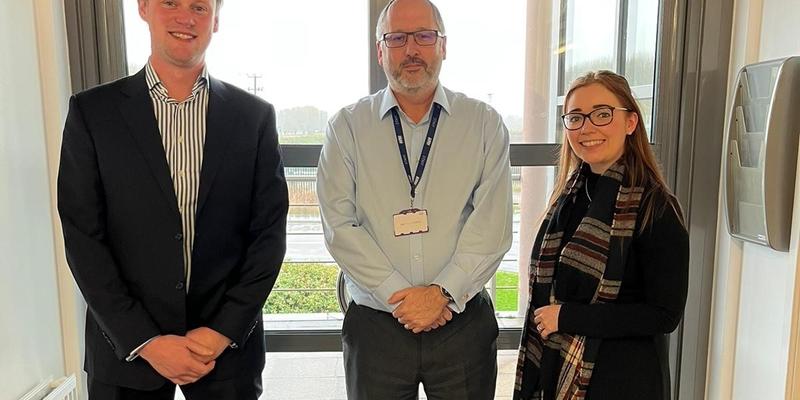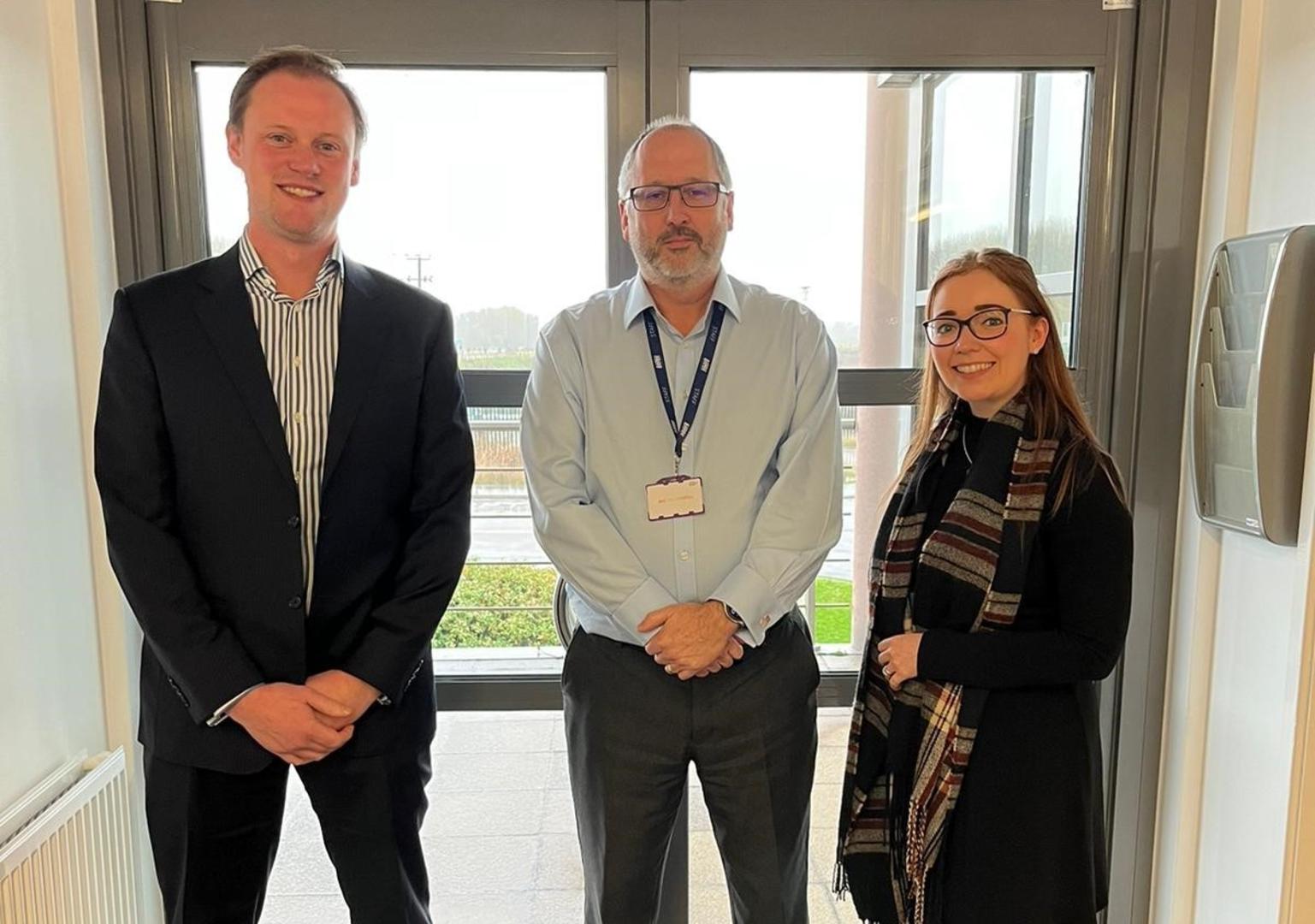Decarbonisation Network - 17th November
Another packed Decarbonisation event took place on the 17th November. Guest chair, Chris Newitt, CCUS Senior Project Manager of National Grid, welcomed attendees at CATCH and online
Another packed Decarbonisation event took place on the 17th November. Guest chair, Chris Newitt, CCUS Senior Project Manager of National Grid, welcomed attendees at CATCH and online
Another packed Decarbonisation event took place on the 17th November. Guest chair, Chris Newitt, CCUS Senior Project Manager of National Grid, welcomed attendees at CATCH and online

Tom Waterman and Julie Gilmour opened the programme with their presentation on their BEIS Industry Future Programme. Tom explained that the programme supports innovation and commercialisation of decarbonisation and energy efficient technologies - understanding what is required to make sites retrofit ready and access new lower carbon technologies. Tom explained the stages of the scoping study, which will be available next year. The study comprises of working with 15 companies to produce 15 roadmaps to enable companies to reach the project target of 90% reduction in emissions by 2050. Julie then explained the Industrial Decarbonisation Tool IDT development. Firstly a benchmark was established with initial engagement with industrial sites, including data, interviews and on site assessments to establish a 2050 “business as usual” forecast. Next, scenarios including low carbon technologies, constraints and opportunities were developed to produce a roadmap. Companies are then able to compare the scenarios to understand the best benefit and to start and deliver the projects.
Christel Croft, Sustainability Director, Singleton Birch was welcomed next. Christel presented Singleton Birch and their journey to decarbonisation. Firstly, Christel shared the company’s history, group of companies and product information as a backdrop to her presentation, before moving on to describe the options the company has explored to become low-carbon. Lime production by nature is very energy intensive and creates C02 – 1 tons of C02 per ton of lime production – with three-quarters of this coming from chemistry. They are currently in the midst of a partnership with Origen with projects ZerCal3 and ZerCal250. Whilst also exploring using Hydrogen instead of Gas to power their kilns. But this of course comes with challenges such as increased costs, retrofit or new equipment and the fact that the process will still emit 75% of current CO2 emissions. They are in discussions to be connected to the Hydrogen pipeline and CO2 pipeline as the Singleton Birch site is only 2.5km away from the planned position of the pipes. The lime industry emits around 1% of the emissions globally
After a short break, Spencer Jefferies delivered a project update for National Grid low carbon pipelines project, including details of their consultation process. Spencer explained that it was a dual pipeline project – that is 120km long and that National Grid will construct and support the underground pipeline structure that will transport Hydrogen and CO2. The Nationally significant project will support 25000 jobs per year to 2050. And will remove 50% of the UK’s emissions. The pipelines are the backbone of many projects within the East Coast Cluster and will benefit many companies looking to decarbonise operations across the region.
The National Grid consultation is open and an online event is available to join on the 22nd of November at 6pm. https://us06web.zoom.us/webinar/register/WN_9xqwGJc1S_2_NQOGzkFrHA
David Talbot then gave a HICP update and highlighted that today’s meeting displayed the importance of working together to achieve the end goal of NetZero and sustainability for the region. The next meeting is the Hydrogen Network – this takes place on the 25th January. Register here.
